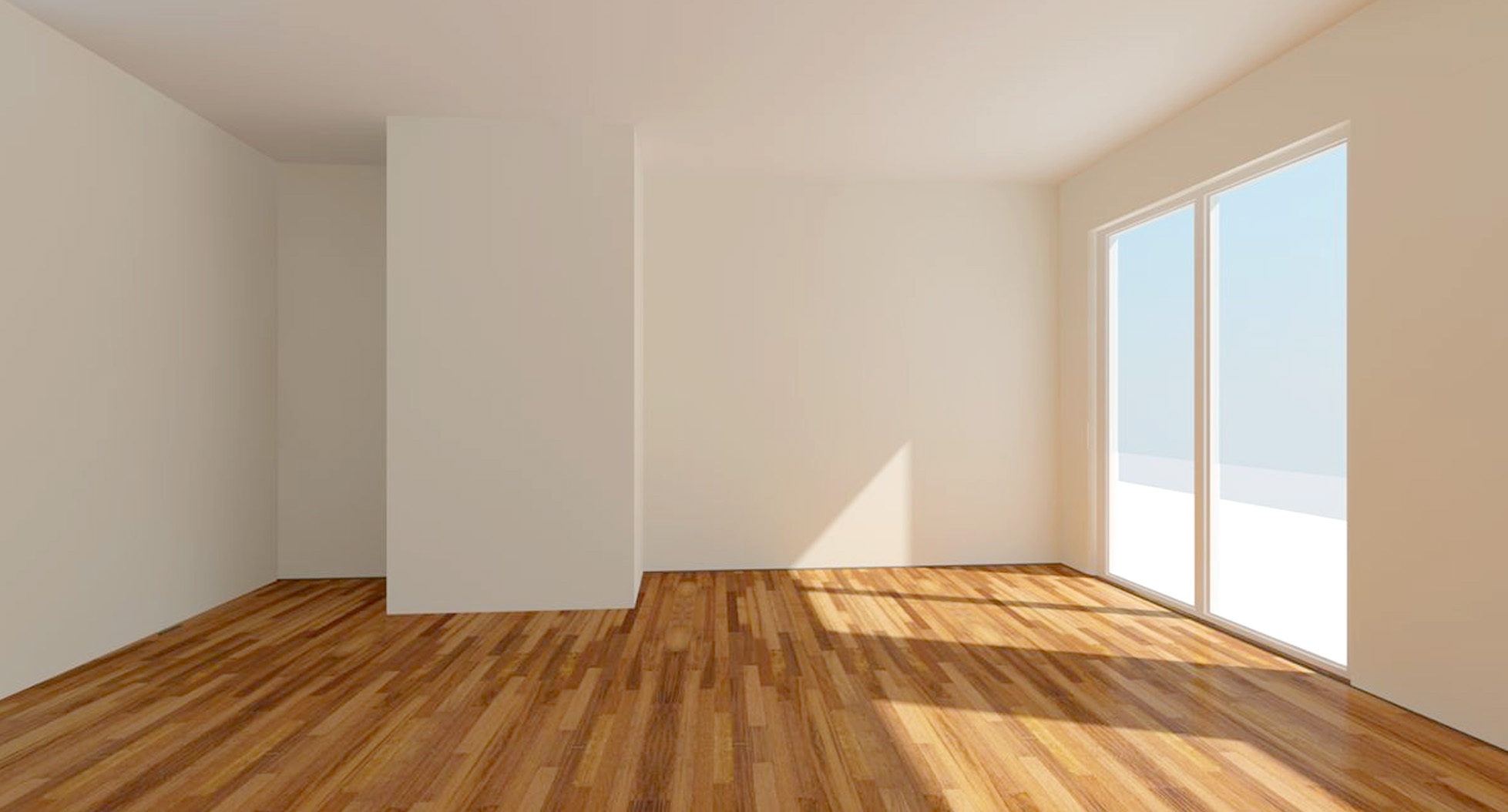
If you are looking at adding beauty to your home by purchasing superior wooden flooring, then your choices come down to solid hardwood and engineered hardwood. Solid hardwood is, as you’d imagine, wood all the way through – carefully crafted lengths of wood. Engineered flooring boards have a timber lamella, or top layer, bonded with an engineered core made from several layers of wood or HDF.
This isn’t all you need to know about engineered flooring, though. You also need to know about how it performs, where you can use it and how long it’ll last. Let’s take a quick look.
Why would I choose engineered wooden flooring over solid timber?
Engineered wooden flooring was designed to overcome the biggest problem that solid wooden flooring faces – the expansion and contraction with temperature that, over time, causes warping. The core, or base, of engineered flooring boards are all laid at 90 degrees to each other, so any movement due to temperature changes is minimised.
Is engineered wooden flooring cheaper than solid?
Very often it is, especially if you buy your wood flooring from Doorstore. It also works out more cheaply if you look at the work involved in laying down a solid floor – there’s the installation, of course, followed by sanding, staining and adding a finish. Engineered boards tend to be prefinished, so they’re ready to lay and walk on.
Can engineered boards go straight onto concrete?
Yes, in fact, a direct laying-down over stamped concrete Seattle is the most common type of engineered flooring installation. However, there are provisos. If the concrete floor has a water content of more than 5.5%, then a waterproof membrane should be laid down first.
Also, if the concrete floor rises or falls by more than 3mm over a three-metre radius then you also need to apply a self-levelling compound. Alternatively, you can grind down the concrete or use ply sheeting.
Can I sand the boards and re-finish them?
You can get different thicknesses of engineered boards so yes, you will be able to sand and re-finish if you need to. If you think you’ll want to do this, then you should opt for the thickest lamella, which is around 6mm, which can be sanded up to 20 times.
Is it easy to install?
Fairly, but you should leave a weekend free and get some friends round. You’ll probably use a combination of glue and secret nails. Engineered flooring can also come with a click system which allows you to slot and lock the boards together over a foam mat. You may also need an acoustic membrane if you live in an apartment or you need a certain amount of noise reduction.
Will people be able to tell the difference between engineered and solid wood?
Not easily, because engineered boards are covered with the lamellae of real wood.
Is it ever better to use solid wood?
Occasionally, if you can’t find the style or shade you really want in an engineered range. This is very unusual, though. You might also need to use solid flooring if you’re doing a period renovation, to maintain authenticity.
